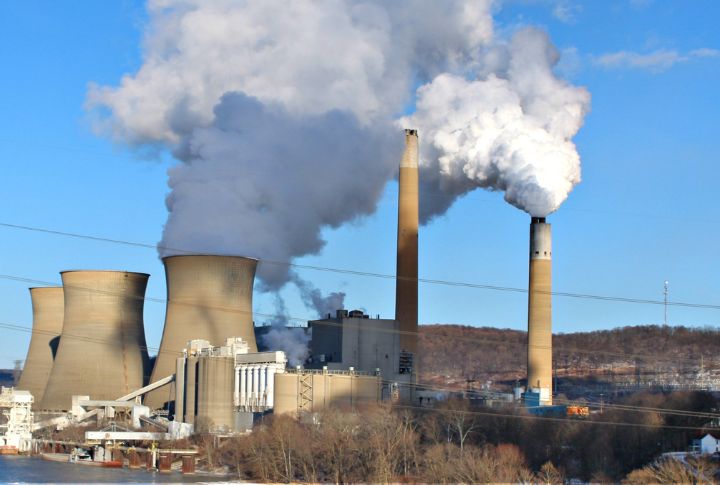
The clock is ticking, and the world’s largest carbon emitters are under the microscope. While some nations are cutting back with bold pledges, others remain locked in old patterns. But behind every statistic lies a story of challenges and potential. Let’s break down how these ten countries are handling high carbon emissions.
China
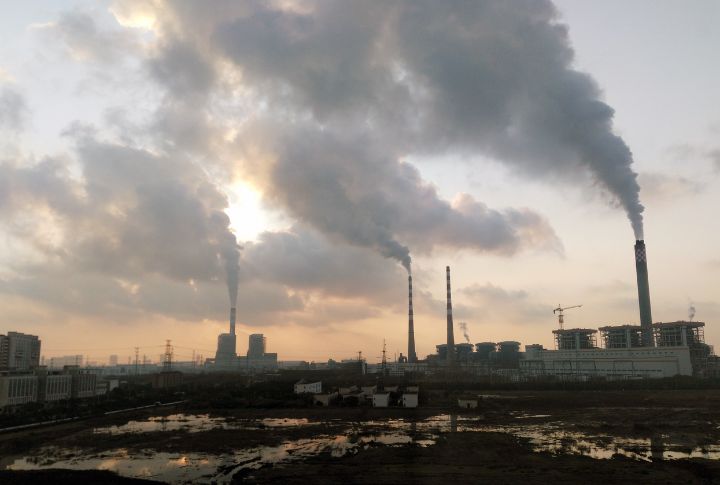
China remains the world’s largest emitter, producing around 15.8 gigatonnes of CO₂ annually, according to the Global Carbon Project. But in early 2025, something unexpected happened: emissions dropped by 1.6% in the first quarter. Carbon Brief attributes this decline to a shift toward cleaner power generation.
United States
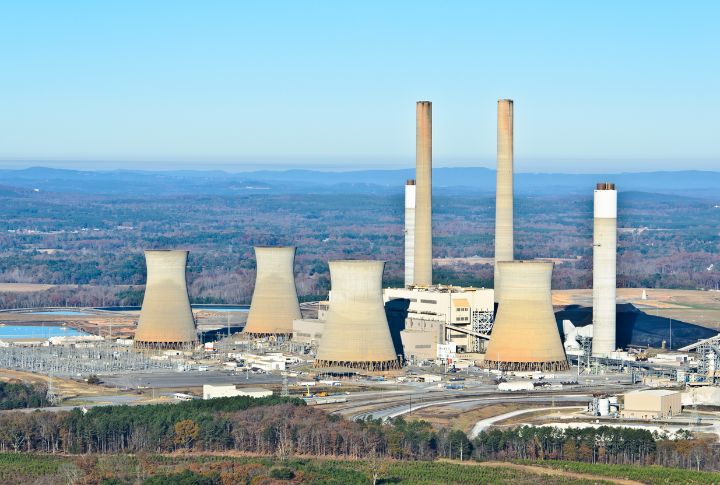
America’s climate story is one of steady decline, at least in emissions. Since 2005, the U.S. has been cutting back thanks to a pivot from coal to natural gas and renewables, as the EPA notes. And with the $369 billion Inflation Reduction Act fueling investment, the country is doubling down on its UNFCCC pledge to slash emissions 50–52% by 2030.
India
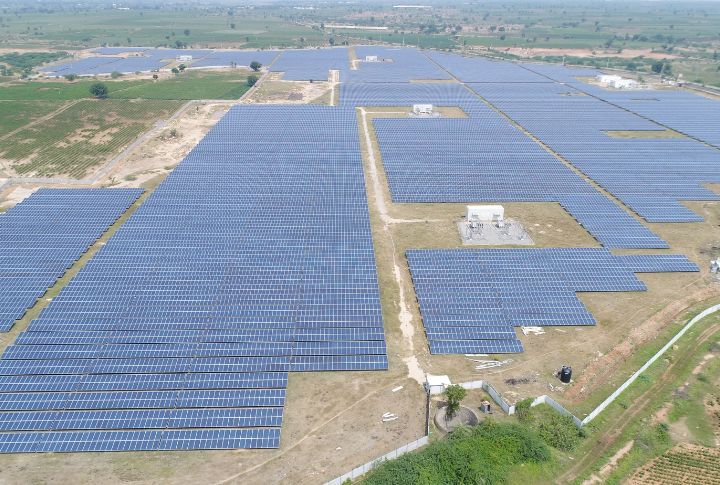
At first glance, India seems like a major climate offender. But dig deeper, and the picture shifts. Our World in Data shows the average Indian’s carbon footprint is less than half the global average. Pair that with India’s booming renewable energy sector and its COP26 net-zero by 2070 pledge, and the narrative looks far more nuanced.
Russia
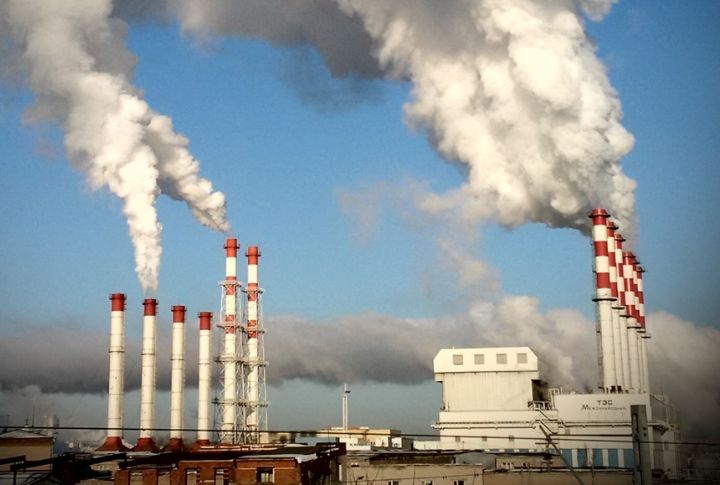
The country is the world’s fourth-largest emitter, yet its forests absorb anywhere from 150 to 600 million tonnes of carbon a year, according to estimates from Moscow State University and the IPCC. But worsening wildfires and weak forest management are eroding that buffer, raising doubts about its 70% emissions cut target for 2030.
Japan
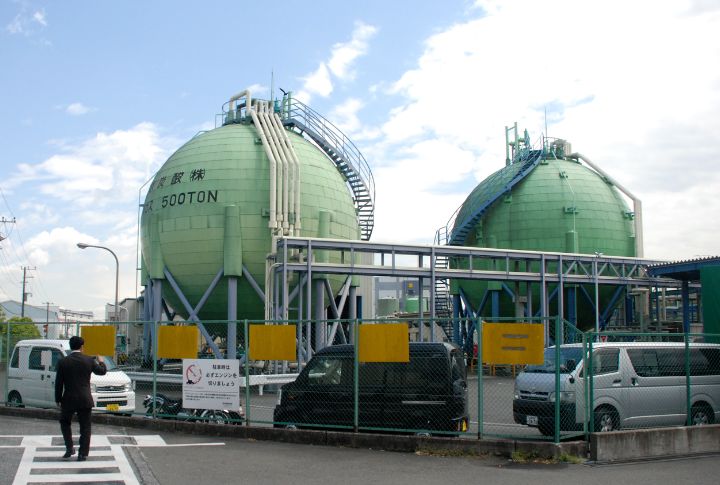
Japan plays a significant role in global warming. Its reliance on fossil fuels spiked after the 2011 Fukushima disaster, especially through liquefied natural gas imports, as reported by the International Energy Agency. But from this setback came innovation: Japan is now pioneering hydrogen technology, with the IEA dubbing it a leader in the “hydrogen economy.”
Iran
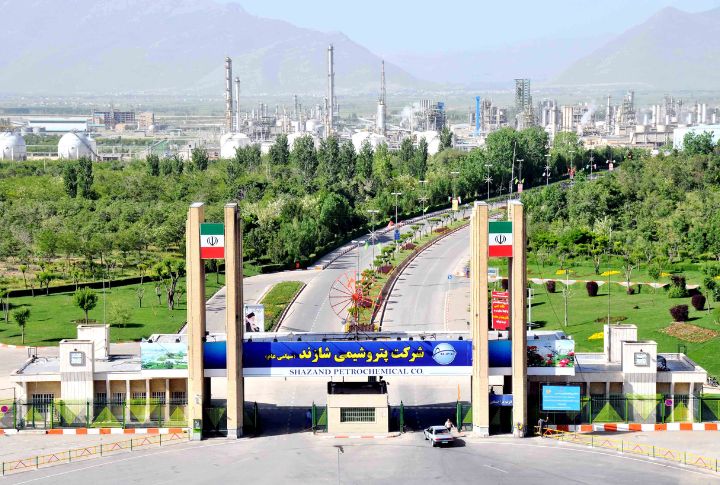
Iran’s petrochemical, oil, and gas industries are major players behind its carbon-intensive economy, which generates a massive 686.4 million tons of CO2 emissions annually. Moreover, the country’s continued non-ratification of the Paris Agreement amplifies environmental concerns. Iran is simply ignoring climate change.
Germany
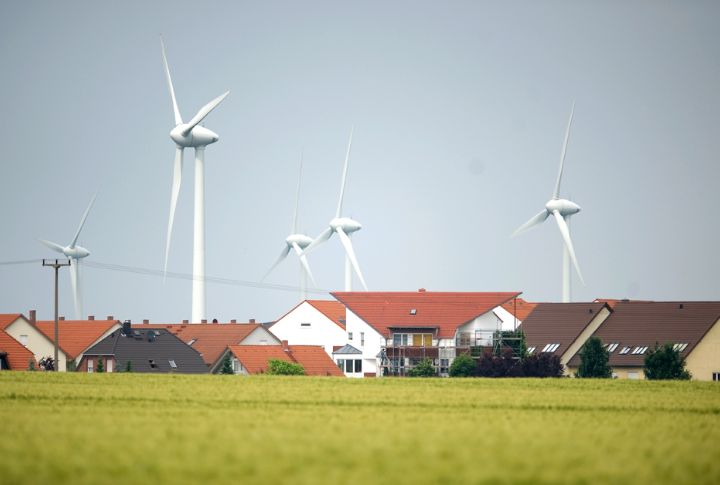
This country has engineered a remarkable energy evolution through its pioneering “Energiewende” policy, establishing itself as a global wind and solar powerhouse. The transformation reached a milestone in 2023 with renewables exceeding 50% of electricity production, paving the way toward net-zero emissions by 2045 (ClimateScorecard).
Saudi Arabia

The Emission Index states that Saudi Arabia accounts for 1.58% of global CO2 emissions. But this petroleum-centric economy is now targeting a systemic shift toward net-zero emissions by 2060. The country’s $500 billion NEOM project is emerging as the flagship manifestation of this renewable energy transition.
South Korea

South Korea is working to become a powerhouse in clean technology, particularly dominating the electric vehicle battery market. This apparent contradiction is seen in its ambitious 2050 carbon neutrality pledge and Green New Deal’s extensive investments in digital and green infrastructure.
Indonesia
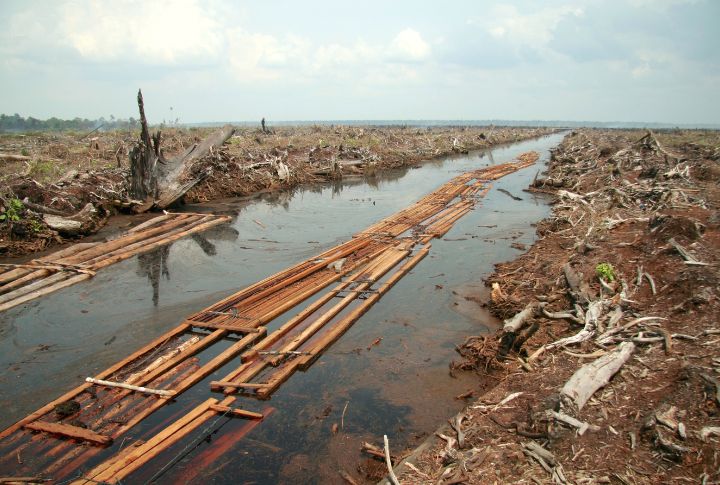
How does a nation’s emissions profile become so complex? In Indonesia’s case, the answer spans multiple sectors, from energy to agriculture; however, the dominant reason is its land usage. As the global palm oil leader, Indonesia’s deforestation rates have soared. Its 2060 net-zero pledge is the only ray of hope for a potential transformation.
